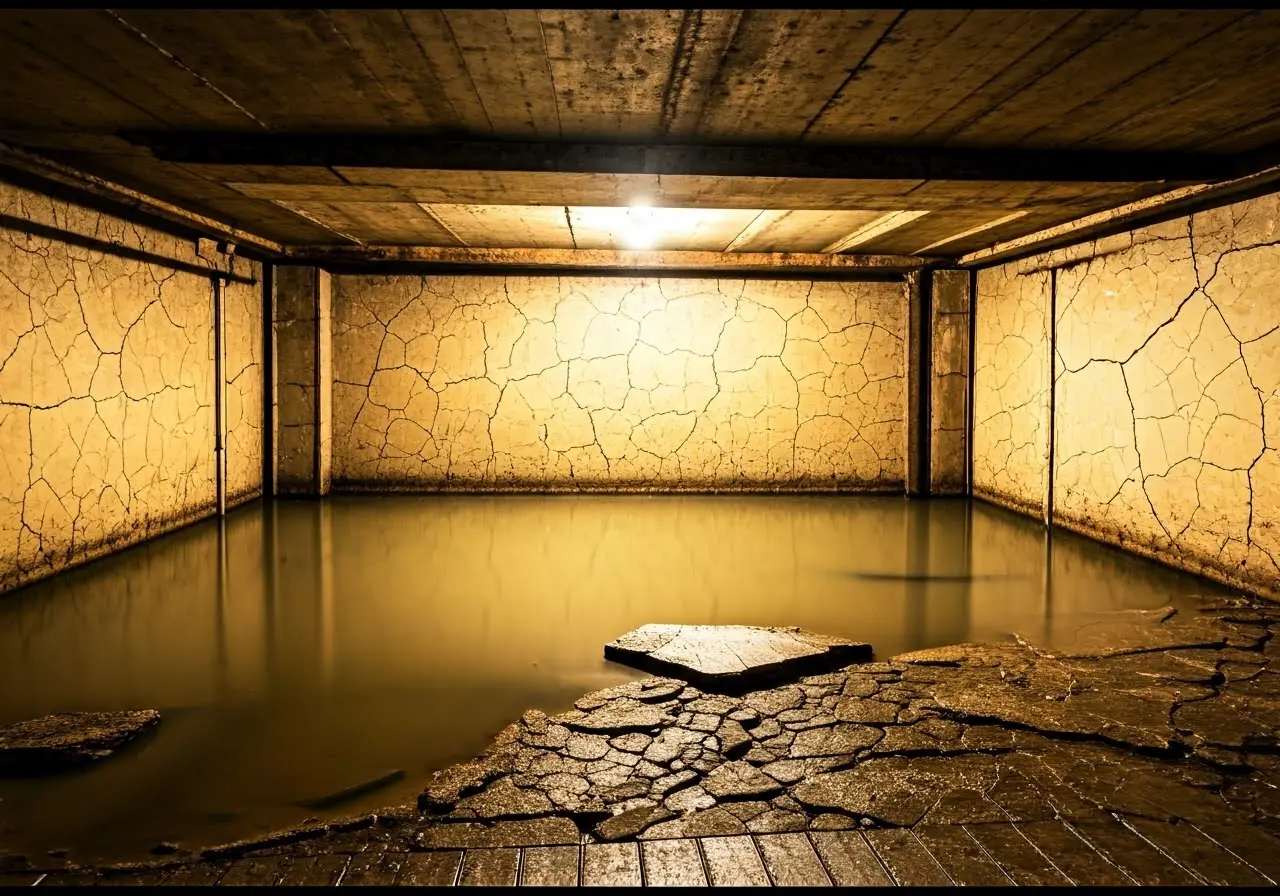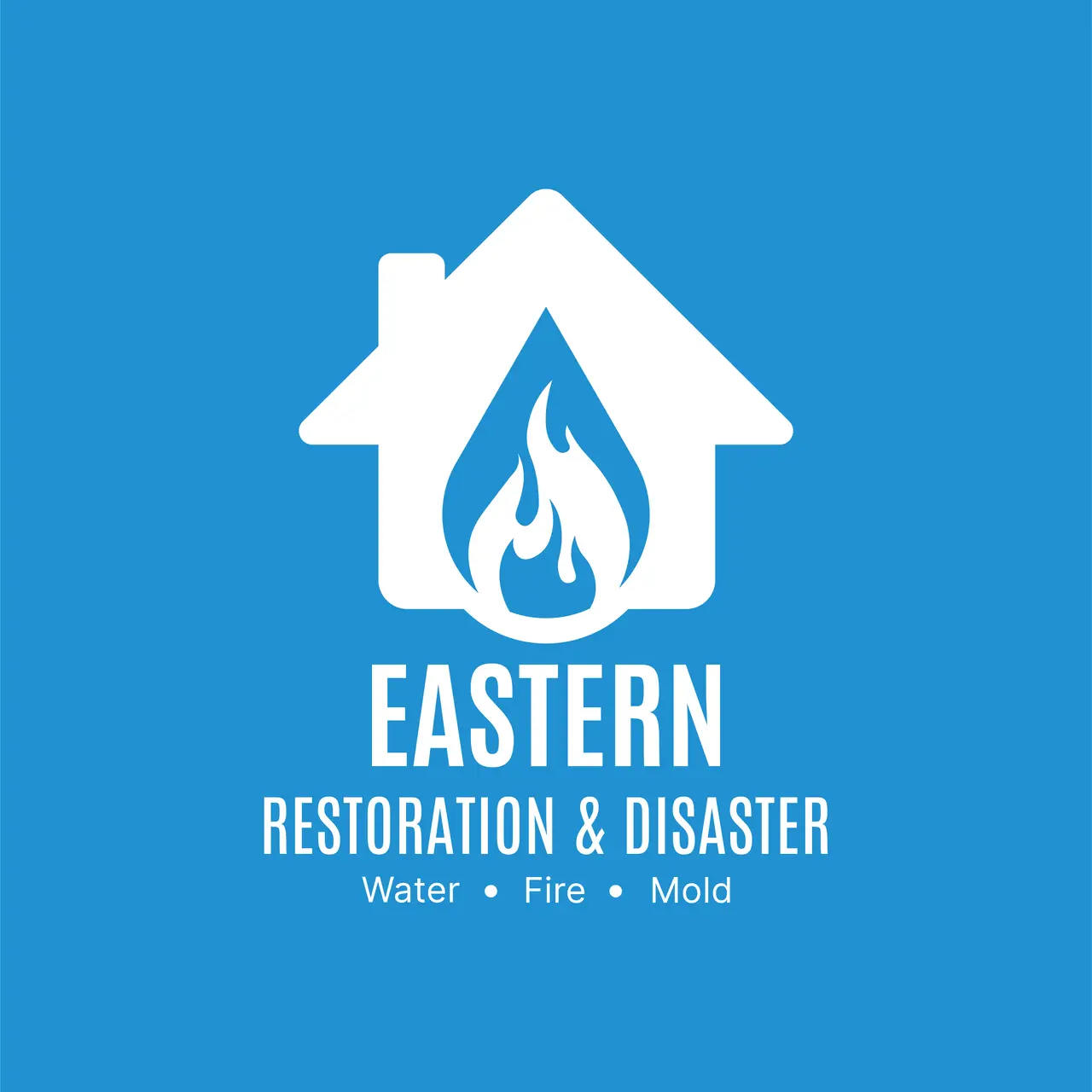How Does Water Damage Affect Your Building's Structure?
Water damage is more than just a nuisance; it can have serious implications for the structural integrity of your building. Understanding how water can affect various building materials is crucial for maintaining a safe and sound environment. In this article, we'll explore the ways water damage can impact your building's structure and what you can do to mitigate these risks.
Understanding Water Damage
Water damage occurs when excess moisture infiltrates the building materials, leading to deterioration and mold growth. It's essential to identify the type of water damage, as it affects different materials in varied ways.
Flooding, leaks, and even high humidity can cause water damage. Understanding the sources of water intrusion is the first step in protecting your structure. Ignoring it can result in long-term consequences.
When water seeps into a building, it doesn't just sit there; it travels through walls, floors, and ceilings. This widespread infiltration can create hidden damage that is difficult to detect without proper assessment.
Recognizing early warning signs—such as discoloration, peeling paint, or warped floors—can help property owners take action before water damage becomes a larger issue.
Effects on Wooden Structures
Wood is particularly vulnerable to water damage. Prolonged exposure can lead to warping, rot, and weakening of load-bearing beams. This compromise can jeopardize the overall stability of the structure.
When moisture penetrates wood, it not only alters its shape but also invites pests such as termites. These pests thrive in damp environments and can quickly escalate the damage to both the wood and the structure.
Moreover, wood that remains damp for an extended period may experience significant mold growth. This not only harms the wood itself but also the air quality inside your building.
Prevention is key: maintaining proper ventilation and humidity levels can greatly mitigate the adverse effects of water damage on wooden structures. Regular inspections can catch problems early.
Impact on Concrete and Masonry
While concrete is often seen as waterproof, it can absorb moisture, leading to cracks and spalling. This deterioration can significantly weaken the overall structure and expose reinforcements to rust and corrosion.
Concrete isn't impervious to water damage—when it absorbs water, the resulting freeze-thaw cycles can lead to extensive cracking, especially in colder climates. This can cause serious structural issues over time.
Additionally, masonry walls can be compromised by water intrusion. When moisture seeps into bricks and mortar, it can cause efflorescence, a white, powdery substance that indicates damage and potential weakness.
To combat this, a proactive approach, such as waterproofing and sealing, can help protect your concrete and masonry structures from premature deterioration.
Damage to Insulation and HVAC Systems
Water damage can compromise insulation, resulting in energy inefficiency. Additionally, moisture can affect HVAC systems, causing mold growth and reducing air quality, which can pose health risks.
Insulation that has absorbed moisture loses its effectiveness, leading to higher energy bills and discomfort in your building. This can be particularly frustrating during extreme weather conditions.
Moreover, HVAC systems that experience water damage can become breeding grounds for mold and bacteria. This not only affects the system's performance but also poses serious health risks to the building's occupants.
Regular maintenance and inspections of both insulation and HVAC systems can prevent minor water issues from escalating into significant health and safety concerns.
Consequences of Delayed Repairs
Ignoring water damage can lead to increased repair costs and a higher risk of structural failure. Prompt action can prevent minor issues from escalating into major problems.
A slow leak today can become a burst pipe tomorrow, leading to catastrophic damage. Understanding the urgency of addressing water damage can help save time, money, and stress.
Delayed repairs often mean that the damage spreads, affecting not just one area but potentially many others within the building. This domino effect can compound costs significantly.
Proactive measures are always cheaper than reactive solutions. A thorough inspection schedule can help spot vulnerabilities before they turn into major repairs.
Preventing Water Damage
Regular maintenance, proper drainage systems, and quick repairs can help prevent water damage. Investing in preventative measures can save you from costly repairs down the road.
In addition, addressing any signs of water intrusion as soon as they arise is crucial. Whether it's a small leak or an area of discoloration, don't ignore it—these are often harbingers of more significant problems.
Routine inspections, especially after heavy rains or storms, can identify potential threats before they manifest into real damage, protecting the integrity of your building.
Creating an emergency plan for water damage can also be beneficial. Knowing what steps to take can minimize damage and ensure a quick resolution, thereby safeguarding your property.
Final Thoughts on Water Damage and Structural Integrity
Water damage can lead to significant structural issues if not addressed promptly. By understanding its effects and taking proactive measures, you can protect your building from long-term damage.
If disaster strikes and you need a trusted partner, call Eastern Restoration & Disaster at 919-946-2412. We will assist you throughout the entire restoration process, treating you like family.



